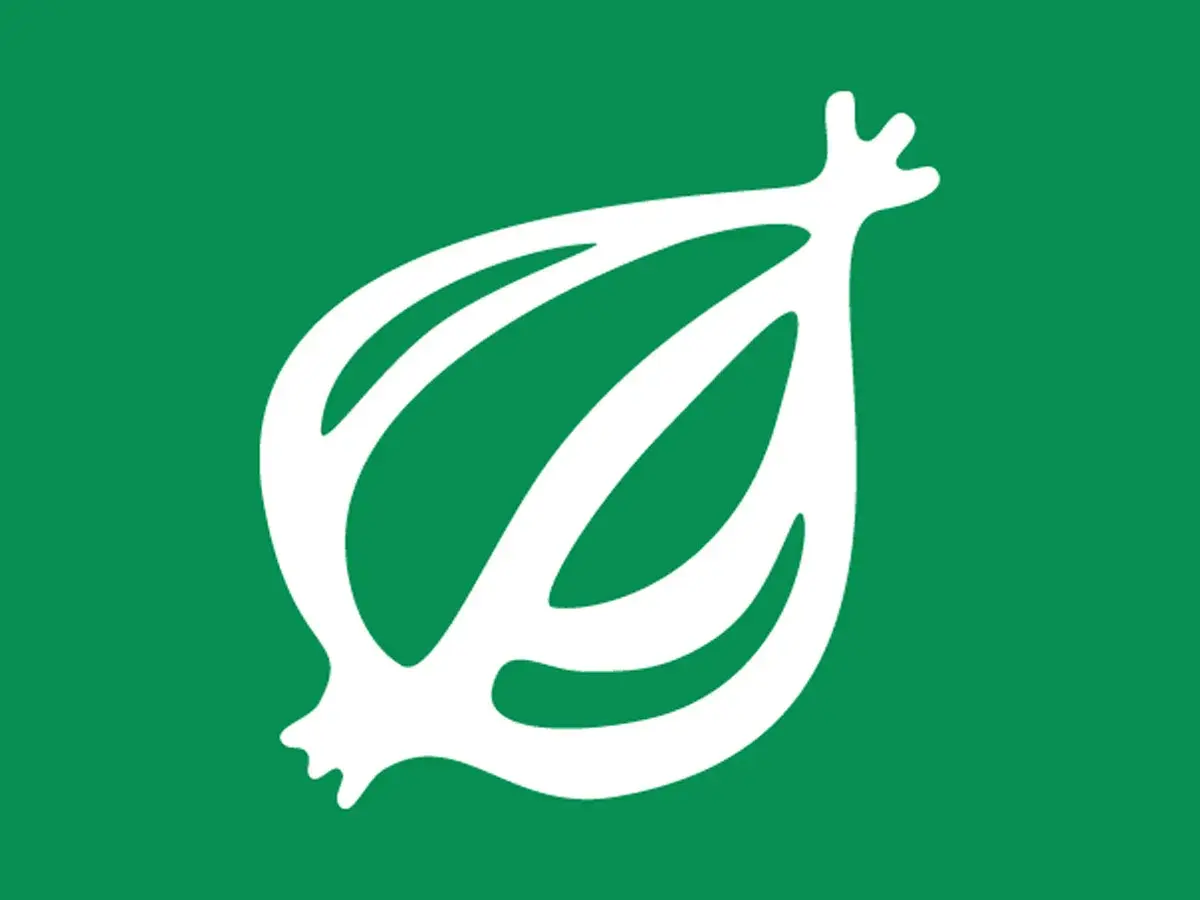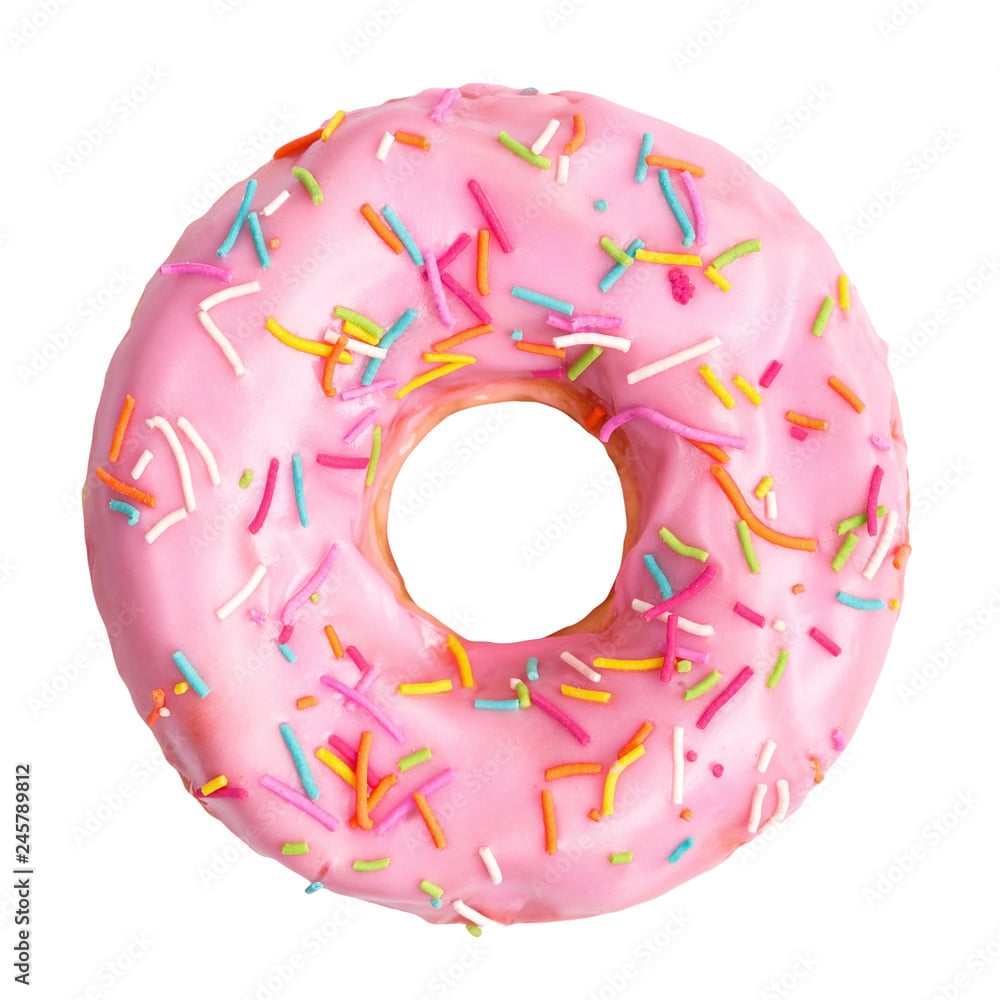

This dude most certainly does not abide.
Like, most of the time I do.
Just not in this particular instance.


This dude most certainly does not abide.
Like, most of the time I do.
Just not in this particular instance.


Nice pic. I’m a little jealous that you’ve been able to see it yourself, but mostly glad to know some people are getting the chance and taking the opportunity. Cheers! 😀


If you have binoculars you should try using them. It’s not so much about the magnification, but rather the amount of light collected. Basically, the diameter of the objective lens is bigger than your own eyeball lenses/irises, so therefore more light is collected and projected to your retina while using binoculars.
I’m in western Canada right now and have so far not had the right conditions to see it myself. I’m hoping that might change in the next day or two.
I agree wholeheartedly. Maybe there’s an alternative funding model for authors, and artists generally, that could be imagined and built. I’d be surprised if there’s not already some great ideas floating out there; but if there are, I don’t know them.
Considering the actual post here, plus just decent manners, if you like a book, and you’re able, it’s worth considering supporting the author of said book.
That being said, you should seriously consider going to your search engine of choice and searching for an archive by a person named Anna: Anna’s Archive if you will. You might find something helpful and interesting.


I’m not a geologist but I’ve read up on it a fair bit.
This Mars photo appears to be sandstone.
On earth sandstone is usually associated with ancient rivers, lake shores, and sea shores. But also sand dune fields.
The thing with sandstone though, is it’s not just sand. Rather, it’s sand plus time plus pressure plus cementation.
Now, the time part is obvious. What’s sandstone now was sand a long ass time ago (usually).
Pressure? That’s a little harder to understand for me here. Has mars ever had tectonic stuff going on to bury it (and hence have pressure applied), followed by erosion and uplift? Or am I incorrect and pressure is not a necessary condition? Maybe sandstone without pressure is a thing it’s just weaker and/or less dense? Maybe layers of volcanic basalt or something could have a similar effect? I don’t know and would love to have someone more knowledgeable fill this part out.
Cementation? This part, I’m nearly certain, REQUIRES water. On earth anyway, this happens when ground water absorbs chemicals from other rock/stuff (for example carbonates from sea shells, but there’s lots of other chemicals that can do this), then flows through the beds of buried sand, and some of those chemicals are deposited along with magical chemistry stuff happening, and your sand becomes sand stone.
So I don’t 100% know that the short answer to your question is “yes”, but I’m leaning towards a solid “yeah, probably, but I’m not a real geologist and Mars isn’t a real Earth so I dunno”.
Depending on your threat model you’re almost certainly fine.


I don’t really have an opinion on this case (in terms of Syed’s guilt or innocence), but it all just seems like such a shit show. If this guy is innocent he’s been repeatedly screwed by the system.

The catharsis is real!
This is similar to what kept coming to mind while listening to it last night:
“This is a former POTUS and the richest guy on the planet, and they’re both so… dumb”.
Blows my damn mind man.


Thanks for providing this update. You added some sources and data that I didn’t know, and your last point clearly articulates the set of likely causes of this misstep.
When I first became aware of this story my gut-reaction was “I fucking hate unforced errors like this!”; I’m now very curious why this happened the way it did. Mind you, in the grand scheme of things I suspect this is nothing more than a fleeting political blip.
I got 2.7k on a post, but I just got lucky.


I was biting down hard until the last sentence: “She Hits Me Every Night” and then I lost it laughing!
That isn’t true though. Most convicted felons can’t vote, but they can run for office.


I have nothing to add per se, but I just thought I’d thank you for writing such a well thought out, informative comment and sourcing it so well.


I can try to explain, but there are people who know much more about this stuff than I do, so hopefully someone more knowledgeable steps in to check my work.
What does ‘random’ or ‘noise’ mean? In this context, random means that any given bit of information is equally as likely to be a 1 or a 0. Noise means a collection of information that is either random or unimportant/non-useful.
So, you say “Compression saves on redundant data”. Well, if we think that through, and consider the definitions I’ve given above, we will reason that ‘random noise’ either doesn’t have redundant information (due to the randomness), or that much of the information is not useful (due to its characteristic as noise).
I think that’s what the person is describing. Does that help?


I’m not an Information Theory guy, but I am aware that, regardless of how clever one might hope to be, there is a theoretical limit on how compressed any given set of information could possibly be; and this is particularly true for the lossless compression demanded by this challenge.
Quote from the article:
The skepticism is well-founded, said Karl Martin, chief technology officer of data science company Integrate.ai. Martin’s PhD thesis at the University of Toronto focused on data compression and security.
Neuralink’s brainwave signals are compressible at ratios of around 2 to 1 and up to 7 to 1, he said in an email. But 200 to 1 “is far beyond what we expect to be the fundamental limit of possibility.”


That was a great read. Thank you.
Amen to that. Lemmy.ca admins seem to be doing excellent work. Thank you!